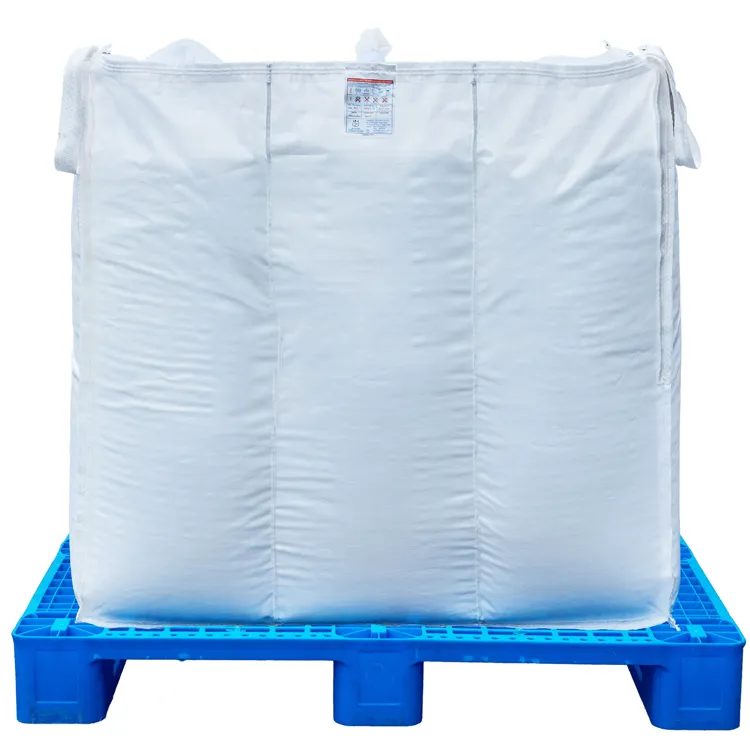Sewing Techniques for Crafting Durable Lifting Belts for Weight Training and Fitness Use
The Importance of Lifting Belt Sewing A Guide to Choosing and Maintaining Quality Equipment
In the world of weightlifting and strength training, safety and performance are paramount. One essential piece of equipment that contributes to both is the lifting belt. A well-constructed lifting belt not only provides support for the lower back but also enhances overall stability during heavy lifts. However, the effectiveness of a lifting belt heavily relies on the quality of its construction, particularly the sewing techniques used in making it. In this article, we will explore the significance of lifting belt sewing, the factors that influence its quality, and tips for choosing and maintaining a reliable lifting belt.
Understanding the Role of Lifting Belts
Lifting belts are primarily designed to support the lumbar region and help individuals maintain proper posture while lifting heavy weights. When worn correctly, a lifting belt increases intra-abdominal pressure, which stabilizes the spine and can reduce the risk of injury. The construction of the belt, including the stitching and materials used, plays a crucial role in its functionality and durability.
Importance of Quality Sewing
The sewing quality of a lifting belt is a critical factor that often goes unnoticed. High-quality stitching ensures that the belt can withstand the stress and strain that come with heavy lifting. It is essential to look for reinforced stitching, which involves multiple passes of thread in high-stress areas. This technique not only enhances the belt's durability but also prevents seam failure during intense workouts.
Poorly sewn belts may fray, stretch, or even break when subjected to heavy loads, potentially leading to serious injuries. Therefore, investing in a lifting belt made from top-quality materials with excellent sewing craftsmanship is crucial for both safety and performance.
Selecting the Right Lifting Belt
When choosing a lifting belt, several factors should be considered
1. Material Opt for belts made from high-quality leather or thick nylon. Leather belts are favored for their durability and support, while nylon belts tend to be more flexible and comfortable during movement.
2. Width and Thickness The width of the belt should provide adequate support across the lower back. A typical lifting belt is around 4 inches wide, while the thickness can vary. Thicker belts provide more stability but may be less comfortable.
lifting belt sew

3. Buckle Type The type of buckle can impact the ease of use and security of the belt. Lever-style buckles are often recommended for their snug fit, while prong-style buckles offer adjustability.
4. Sewing Quality Inspect the stitching of the belt. Look for tight, reinforced seams without any loose threads. A well-sewn belt will have clean edges and no signs of fraying.
5. Fit Ensure that the belt fits snugly around your waist without being overly tight. Many lifting belts come in adjustable sizes, which can enhance comfort and effectiveness.
Maintaining Your Lifting Belt
Proper maintenance can significantly extend the life of your lifting belt. Here are some tips for care
- Cleaning Regularly wipe down your belt with a damp cloth to remove sweat and grime. For leather belts, consider using a specialized leather conditioner to keep the material supple.
- Storage Store your lifting belt in a cool, dry place to prevent moisture buildup, which can lead to mold or deterioration.
- Inspect Regularly Regularly check your belt for any signs of wear, such as fraying seams or a worn-out buckle. Addressing issues early can prevent further damage.
Conclusion
In conclusion, the sewing quality of a lifting belt is a crucial aspect that directly affects its performance and safety. By paying attention to the material, construction, and maintenance of your lifting belt, you can ensure that it serves you well during your strength training endeavors. Investing in a high-quality lifting belt is an important step toward achieving your fitness goals while prioritizing safety. Whether you are a seasoned lifter or a beginner, a well-constructed lifting belt can be a game-changer in your fitness journey.
-
Leather Sewing Machine: The Industrial Standard for Tough MaterialsNewsJul.18,2025
-
Sail Making Machine: Heavy-Duty Stitching for Industrial and Marine NeedsNewsJul.18,2025
-
Sling Sewing Machine: The Backbone of Heavy-Duty FabricationNewsJul.18,2025
-
Leather Sewing Machine: Precision for Heavy-Duty StitchingNewsJul.18,2025
-
Big Bag Sewing Machine: Powering the Future of Bulk PackagingNewsJul.18,2025
-
FIBC Sewing Machine: Essential Equipment for Bulk Bag ProductionNewsJul.18,2025
-
Heavy Duty Leather Sewing Machine: A Must-Have for Professional LeatherworkNewsMay.28,2025





























